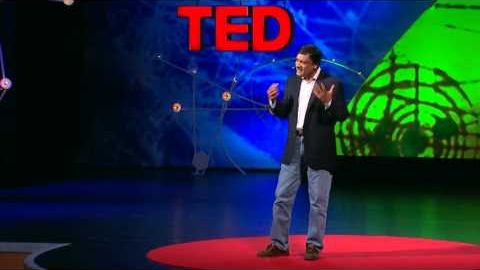
Subtitles & vocabulary
Anant Agarwal Ted Talk 2013: Why MOOCs still matter (from ted.com)
00
Anastasia Hsu posted on 2014/06/26Save
Video vocabulary
change
US /tʃendʒ/
・
UK /tʃeɪndʒ/
- Transitive Verb
- To exchange one set of clothes for another
- To exchange one kind of money for another
- Noun (Countable/Uncountable)
- Exchange of one set of clothes for another
- Money in the form of coins instead of paper
A1
More learn
US /lɚn/
・
UK /lɜ:n/
- Verb (Transitive/Intransitive)
- To get knowledge or skills by study or experience
- To find out something.
A1
More instant
US /ˈɪnstənt/
・
UK /ˈɪnstənt/
- Adjective
- (Food) requiring very little preparation
- Occurring immediately
- Noun
- A very short period of time
A2TOEIC
More generation
US /ˌdʒɛnəˈreʃən/
・
UK /ˌdʒenəˈreɪʃn/
- Noun (Countable/Uncountable)
- Act or process of producing or causing something
- People born and living at about the same time
A2TOEIC
More Use Energy
Unlock All Vocabulary
Unlock pronunciation, explanations, and filters
